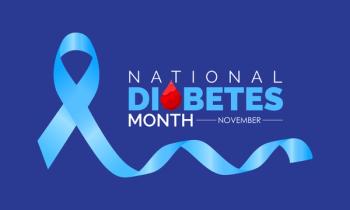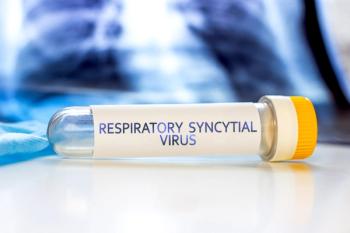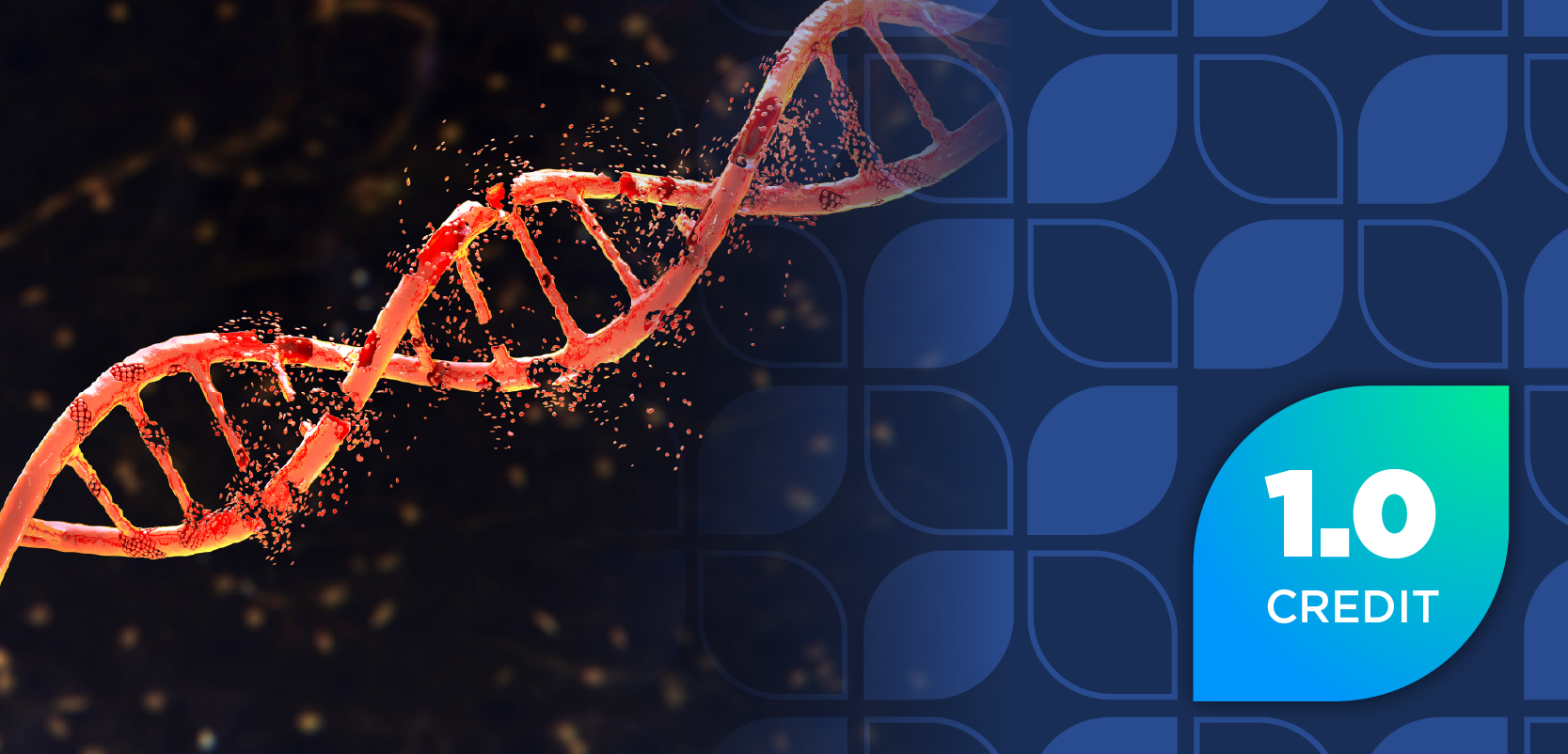
FDA Rules Target OTC Antiseptic Soaps
Some health care antiseptics currently on the market won’t be affected by FDA decision.
Officials with the FDA have finalized a rule that bans 24 active ingredients, including triclosan, from being marketed and sold in OTC health care antiseptic products. The final rule is effective December 20, 2018.
Instead, products containing these ingredients will require approval under a new drug application or abbreviated new drug application prior to marketing. However, according to the final rule, most health care antiseptics currently on the market won’t be affected since many manufacturers have already stopped using these active ingredients, with the exception of triclosan.
Based on the available information and data, the FDA has determined that the ingredients are not generally recognized as safe and effective (GRAS/GRAE) for use in OTC health care antiseptics.
In September 2016, the FDA banned manufacturers from marketing OTC consumer antibacterial washes containing 19 active ingredients that are described as GRASE ingredients, giving manufacturers 1 year to comply with the final rule. Following the collection of safety and efficacy data from manufacturers, the FDA determined that the data provided did not sufficiently prove that these products, which are intended to be used with water, were any more effective than soap and water.
The finalized rule only covers OTC antiseptics that are intended for use by health care professionals in a hospital setting or other health care situations outside the hospital. Consumer antiseptic rubs, first aid antiseptics, or antiseptics used by the food industry are not included.
The 24 active ingredients included in the ban are:
- Cloflucarban
- Fluorosalan
- Hexachlorophene
- Hexylresorcinol
- Iodophors (Iodine-containing ingredients)
- Iodine complex (ammonium ether sulfate and polyoxyethylene sorbitan monolaurate)
- Iodine complex (phosphate ester of alkylaryloxy polyethylene glycol)
- Nonylphenoxypoly
- Poloxamer—iodine complex
- Povidone-iodine 5-10%
- Undecoylium chloride iodine complex
- Methylbenzethonium chloride
- Phenol (greater than 1.5%)
- Phenol (less than 1.5%)
- Secondary amyltricresols
- Sodium oxychlorosene
- Tribromsalan
- Triclocarban
- Triclosan
- Triple dye
Additionally, the FDA deferred regulatory action for 1 year on 6 commonly used ingredients, including:
- Ethanol
- Isopropyl alcohol
- Povidone-iodine
- Benzalkonium chloride
- Benzethonium chloride
- Chloroxylenol
Manufacturers will have 1 year to comply with the finalized rule and either remove or reformulate products containing any of the 24 ingredients.
Reference
Office of the Federal Register. Safety and Effectiveness of Health Care Antiseptics; Topical Antimicrobial Drug Products for Over-the-Counter Human Use. Federal Register’s website. https://s3.amazonaws.com/public-inspection.federalregister.gov/2017-27317.pdf. Published December 20, 2017.
Newsletter
Stay informed on drug updates, treatment guidelines, and pharmacy practice trends—subscribe to Pharmacy Times for weekly clinical insights.


















































































































































































































